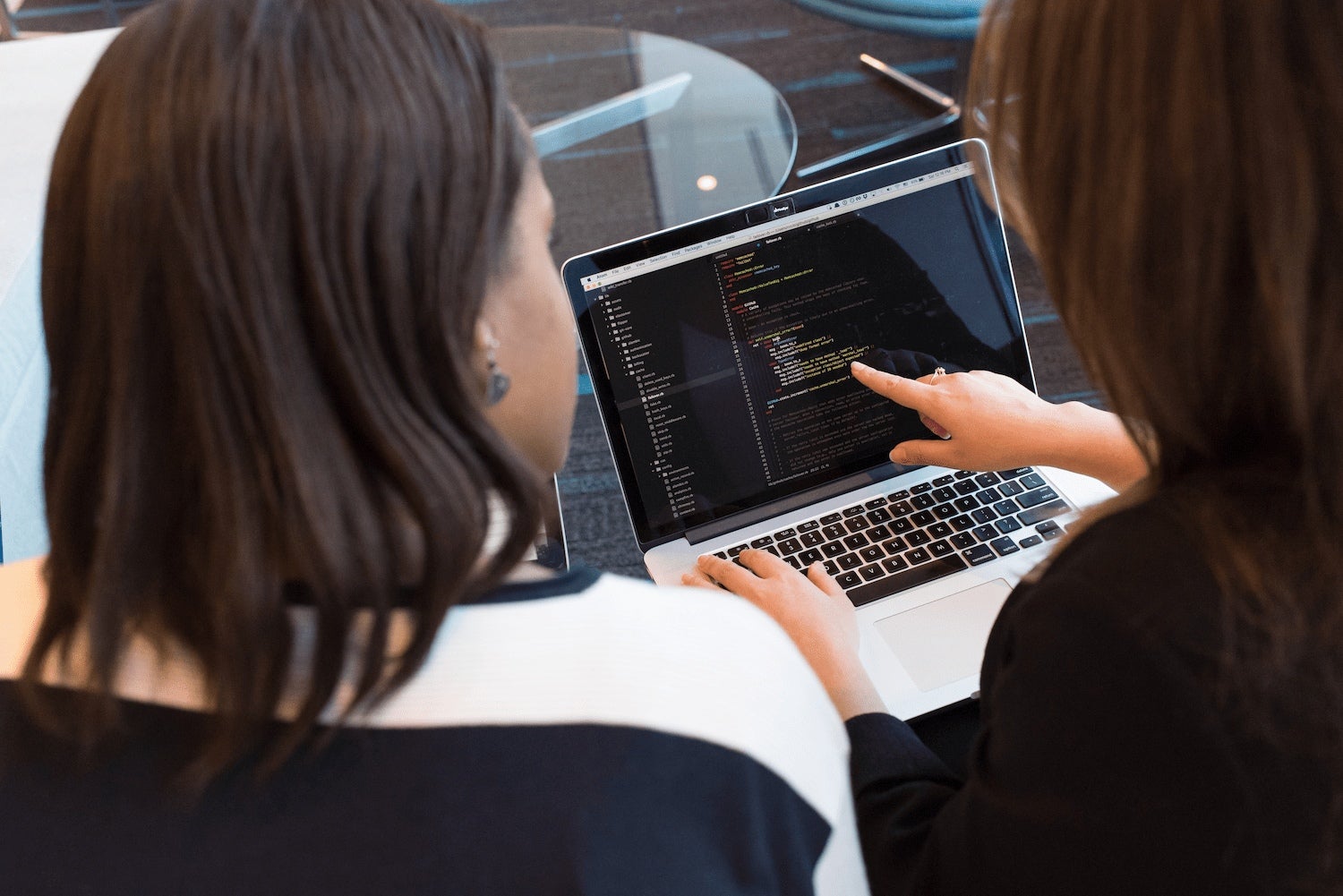The sheer number of various cyber threats so extensive in the range has never been so shocking.
The fact that they are becoming increasingly sophisticated and much more impactful is terrifying. It is enough to add a dwindling cybersecurity workforce into the picture, and the outlook is not promising.
The most active enterprise networks often receive an astounding number of 150,000 alerts per day.
Even the best infosec teams have a hard time managing this barrage of problems. And here, we
notice that there is something that can play a significant role in this
area – Artificial Intelligence.
Cybersecurity: Time for goals
The biggest benefit of AI systems in cybersecurity is that they give tech employees precious time, as they are mostly used for detecting quite simple attacks.
These systems usually have the simplest solutions as well, so they are able to remedy disturbances by themselves. Hiring additional staff isn’t always feasible, whether this is due to budgetary restraints or simply a lack of qualified personnel.
Thanks to AI, you can concentrate on the things that are truly worthy of your energy and knowledge.
Artificial government?
Private sector corporations and even some governments have already developed AI systems.
The reason is simple: they process structured data easily and without reflection. Unstructured phrases or statistics are then comprehensively read and learned, which ensures quick responses to threatening acts, probably before a human can even spot them.
Is this the key to not only saving money but also protecting national secrets?
Chronicle
A few months ago, Alphabet (Google’s parent company) announced the launch of an AI-based solution promising “the power to fight cybercrime on a global scale.” It will help companies make sense of the security alerts produced by their internal defences —we are talking about tens of thousands every day.
The system could also speed up the painstaking process of piecing together what happened even after something goes wrong, like a computer getting infected with malware.
Chronicle is a completely autonomous system, which is developed and ready to operate as a “layer” over traditional technology.
AI-squared
One rising platform combines AI and AI (Artificial Intelligence and Analyst Intuition). It offers a defence against business attacks, mostly by analyzing data generated by users to search for any sign of abnormal activity.
Hackers’ goal is to extract data and sell it, unfortunately, business owners are aware of the difficulty in spotting the differences between a hacker and an actual user.
Al-squared is a solution. It uses a recurrent neural network and unsupervised learning to find anomalies, then, once something abnormal is found, a human analyst is then alerted to confirm whether it is a hacker’s or a genuine user’s activity. When the true intent is decided, the AI puts its findings into the equation for future reference.
Although the platform’s work currently needs a human analyst, it is on its way to functioning independently.
Not limitless…
Artificial Intelligence is playing a huge role in cybersecurity as it is moving forward every minute. Yet in reality, it is limited, as AI systems are held back by humans.
For instance, if somebody has forgotten their password and tries 20 different variants, is that somebody who simply can’t remember their password or a hacker trying to guess it?
This is what an AI system would find almost impossible to work out at the moment.
…but still essential
If AI is neglected in cybersecurity strategy, traditional methods will easily be overtaken by the actions of malicious AI hackers. Nation-states’ spy agencies even sponsor attacks by themselves in order to compound and test the threat scale.
We cannot afford to forget about this. With open-source, for-sale data, dozens of storage facilities and computing power, it is truly cheaper to create your own AI system if you have some know-how in the field.
Therefore, applying AI in cybersecurity is not a matter of convenience, it is essential.
Explore the cybersecurity threats in IoT (and how to avoid them)


